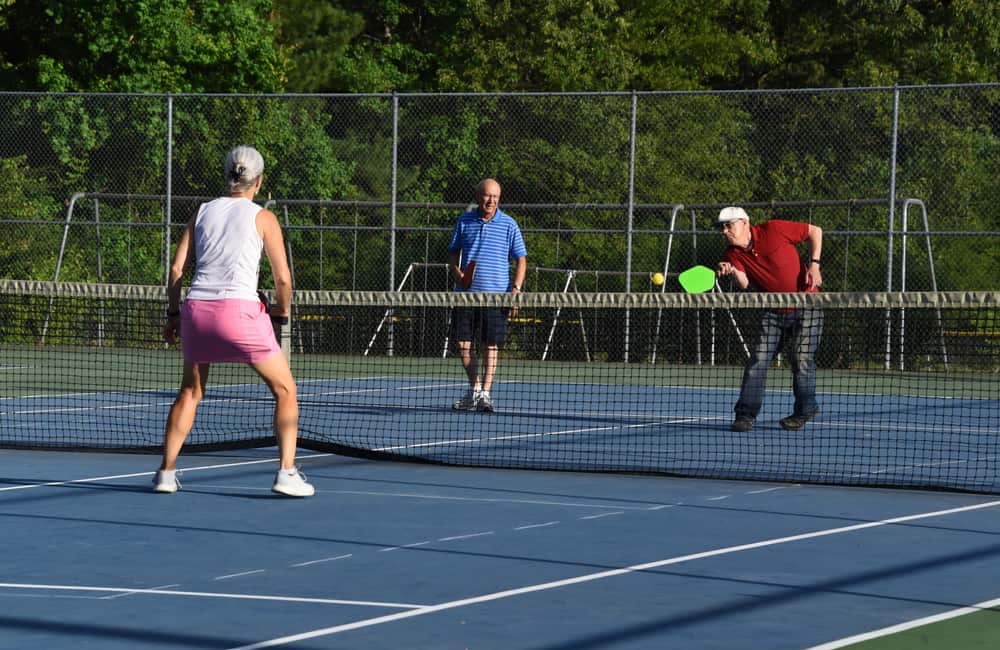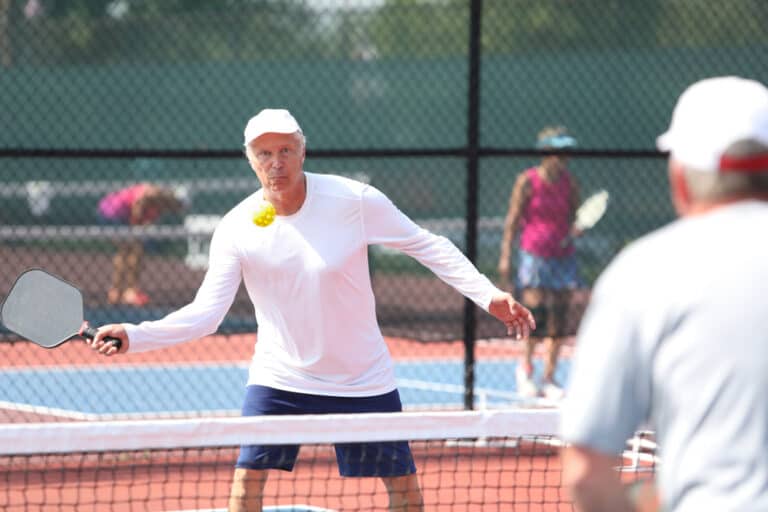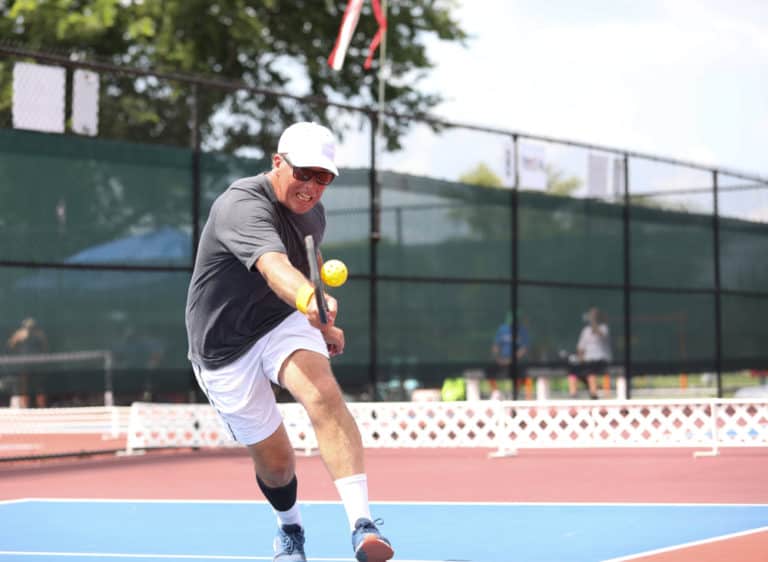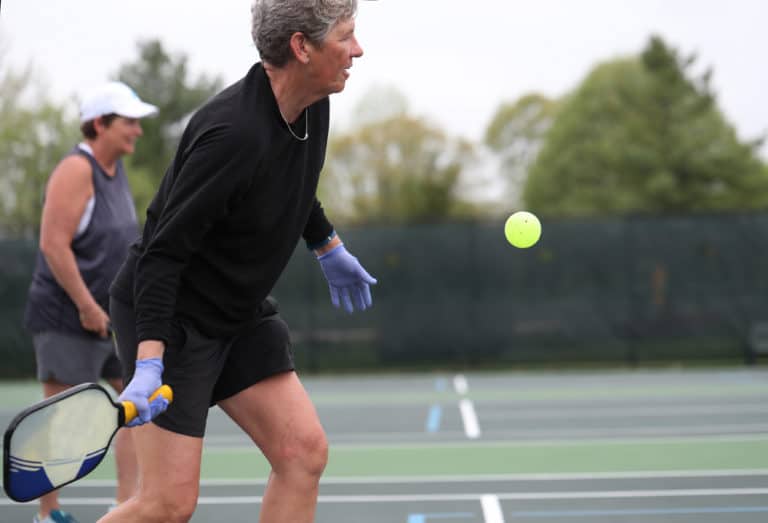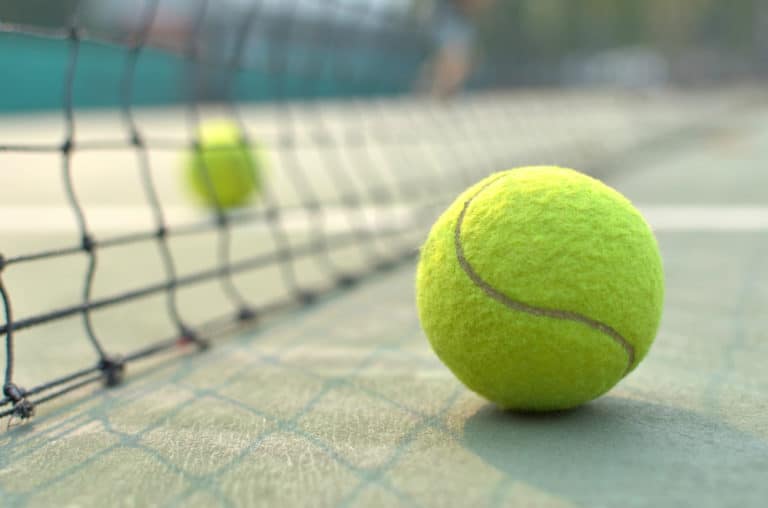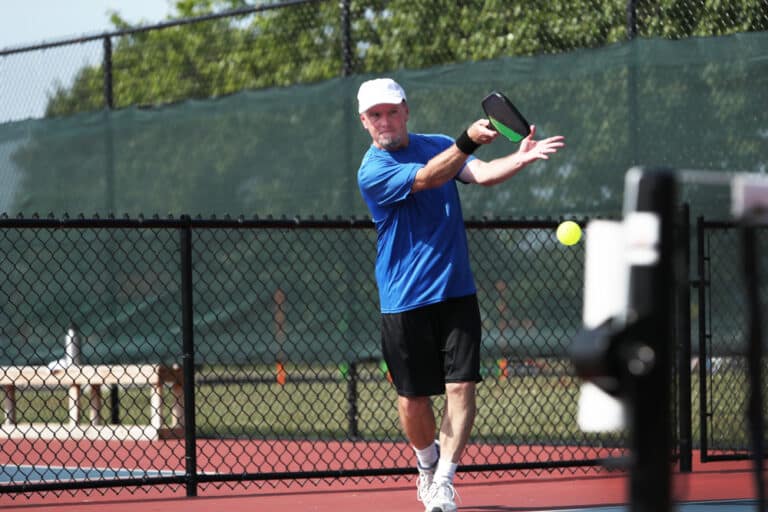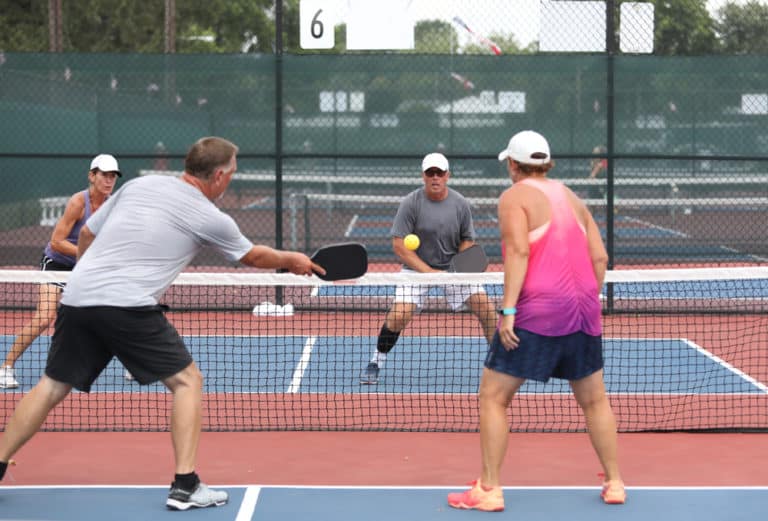How Do You Keep Score In Pickleball Doubles?
Pickleball doubles is becoming increasingly popular, thanks to its growing accessibility. Other racquet sports have been criticized for having scoring systems that are confusing and overly complicated, at least to those who do not follow the sport avidly. Pickleball, especially when playing doubles, is one of those sports where players need to be well aware of the game procedure when playing.
The score in pickleball doubles is called in the following sequence: the server score, the receiver score, and the server number. A pickleball doubles game begins with a score of 0,0,2. The serving and receiving teams have to follow specific rules throughout the game to promote fairness.
For people who are just starting to play the game, keeping up with the scoring system and pickleball rules can sometimes be confusing. So how do you keep score in pickleball doubles?
Pickleball Doubles Scoring System
At first, following the correct game procedure and keeping with the score can be difficult and confusing in Pickleball doubles. However, it is all quite straightforward once you are used to it.
First and foremost, before learning about the specifics, a player should be familiar with the following basic rules when playing pickleball doubles.
- A team only scores points when they are the serving team.
- A receiving team is unable to score a point.
- The serving team can serve until one of its players commits a fault.
Pickleball Doubles Game Procedure
The game begins with a serving team and a receiving team. The serving team player standing on the court’s right side is first to serve. They serve to the opposite court side (diagonally).
If the serving team wins the exchange, the serving player moves to the court’s left side and serves again diagonally to the court’s opposite side. The serving team carries on with this procedure, each moving back and forth from opposite sides after each point is scored.
When the serving team fails to score a point, the players on the serving team do not switch sides. Meanwhile, the players on the receiving team never switch sides regardless of whether they win an exchange.
The player to serve first continues to be the team’s server until they commit a fault. Once the fault is committed, the serving role passes onto the second player on the team. After making a second fault on serve, the serving team becomes the receiving team and maintains their positions on the court. The player of the new serving team standing on the court’s right side is the new server.
How To Keep Score In Pickleball Doubles
In pickleball doubles, the score is called out in the following sequence: the server score, the receiver score, and the server number (one or two).
The score starts at the game as zero, zero, and two. The server number begins at two so that when the serving team commits its first fault, the other team becomes the serving team. This eliminates the advantage the first serving team gets.
The server number, which can only be one or two as there are just two players per team, is applicable for the current service turn only. So, whichever of the two players standing on the right side of the court when the team regains their serve becomes server number one for that service turn. Once that player commits a fault, their partner, server number two, becomes the next server.
Pickleball Singles Scoring System
The scoring system for pickleball singles is similar but more straightforward than pickleball doubles scoring.
Here are the general rules for pickleball singles scoring
- Singles scoring is almost the same, but there is no second server.
- In cases where the server’s score is an even number, the server always serves from the right side of the pickleball court.
- In cases where the server’s score is an odd number, the server always serves from the left side of the court.
- The server score always determines the serving position, never the receiver score.
- The server score is called out before the receiver score.
Other General Rules For Pickleball Games
The game of pickleball has some unique basic rules that first-time players or beginners should try to be familiar with before stepping on the court.
How To Serve Properly In Pickleball
Serving in pickleball is quite different compared to other racquet sports.
Here are the general rules for serving in pickleball.
- Overhead serves are prohibited in pickleball.
- There are no second serves in pickleball.
- The server’s arm moves in an upward motion before hitting the ball.
- Contact with the ball cannot be made above the server’s waist.
- ‘Drop serves’ are now allowed in pickleball, where the server lets the ball bounce before hitting it.
- The serve must land within the confines of the ‘Non-Volley Zone’ (NVZ) of the opposite diagonal court.
- As the server strikes the ball, they must have at least one foot behind the baseline.
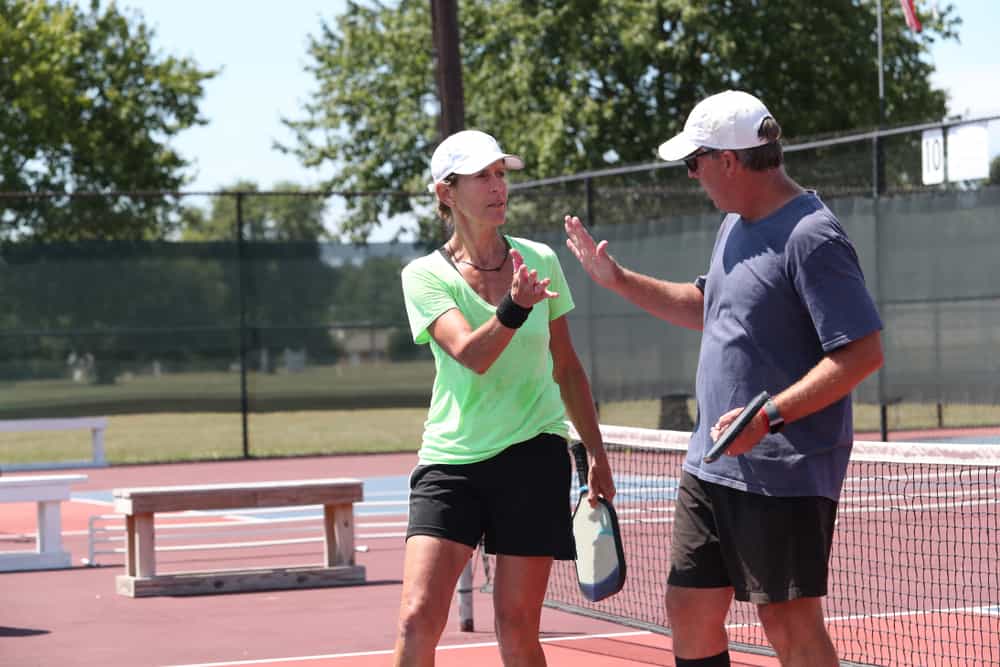
Keep Up With Scoring In Pickleball
Scoring in pickleball is more similar to table tennis than tennis. Here is how it works.
- First to eleven points wins the game, but they must win by two points.
- Tournament games can be either first to fifteen or twenty-one, and players must also win by two points.
- Only the serving team can score points.
Remember The Two-Bounce Rule In Pickleball
The Two-Bounce is a rule unique to pickleball. As the ball is served, the team receiving it must let it bounce before returning it. Likewise, the serving team must also let the ball bounce after the return. Thus, the rule is named after the two bounces before volleying is allowed.
This rule eliminates any advantage from serving and volleying and promotes the extension of rallies.
Respect The Non-Volley Zone In Pickleball
Also referred to as ‘the kitchen’, the NVZ is the court area closest to the net; it is seven feet long on both sides of the net. Volleying is not permitted within the NVZ, so players cannot smash the ball if standing within that area.
Players commit a fault if they step in the NVZ or on the Non-Volley-Line (NVL) when executing a volley, even if they do so because of momentum. In addition, it is still considered a fault when the player comes into contact with the NVZ or NVL after volleying the ball.
Other than that, players can stand in the NVZ at any point during the rally, provided they do not volley the ball.
Line Calls And Faults In Pickleball
Players should be familiar with the consequences of committing faults and how to determine if a service is in or a fault. A service ball that contacts part of any line that is not the NVL is considered to be in. Thus, any service that touches the NVL is a fault.
When the server commits a fault, the team either loses its serve or calls for a side-out. A fault from the receiving team results in a point scored for the serving team. Remember that the receiving does not score a point when the serving team commits a fault.
Conclusion
Keeping up with scoring regulations is not as difficult as it may seem in pickleball doubles. Players who familiarize themselves with the basic rules should have no problem understanding the game’s procedure and why they are such.

